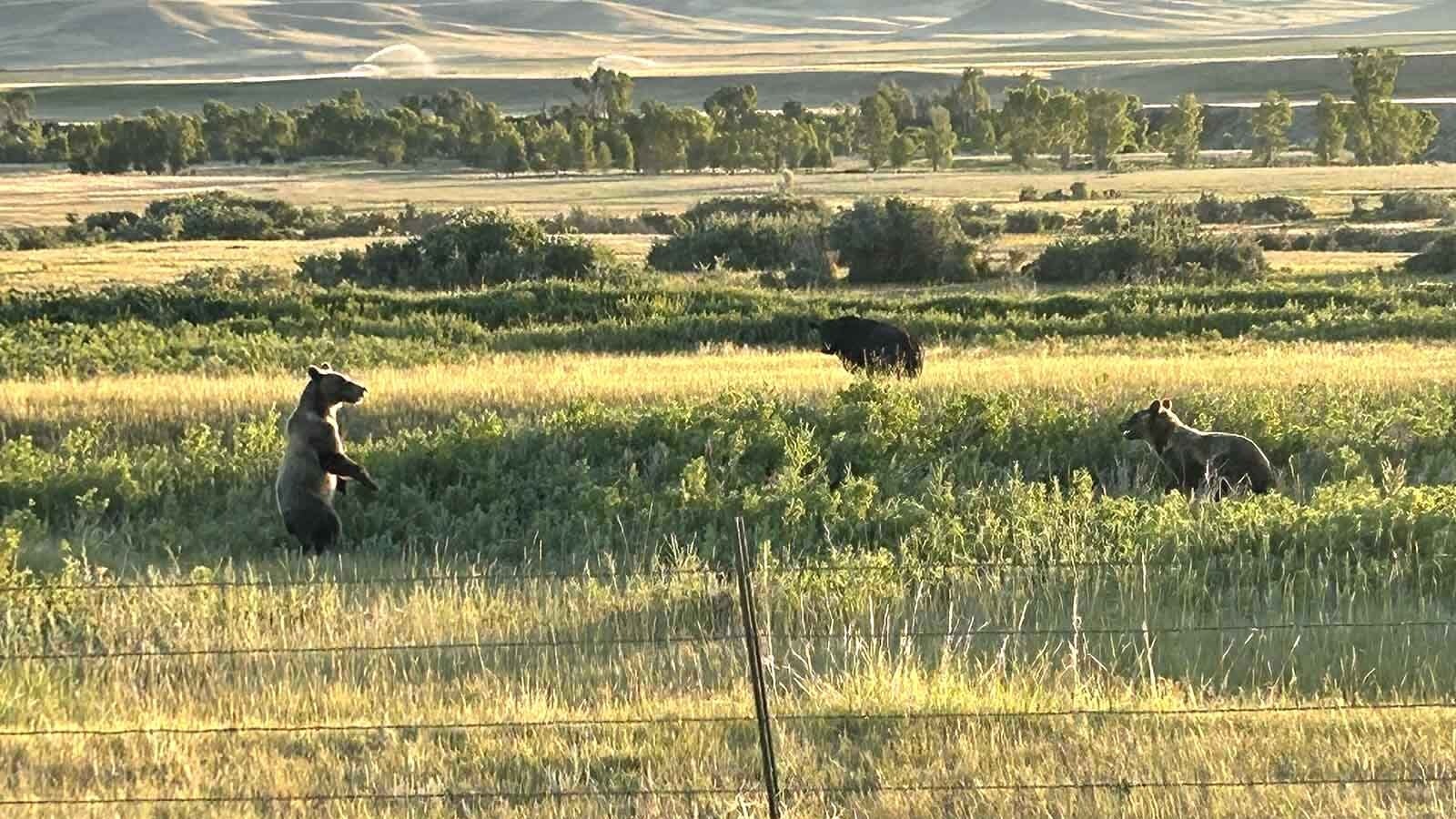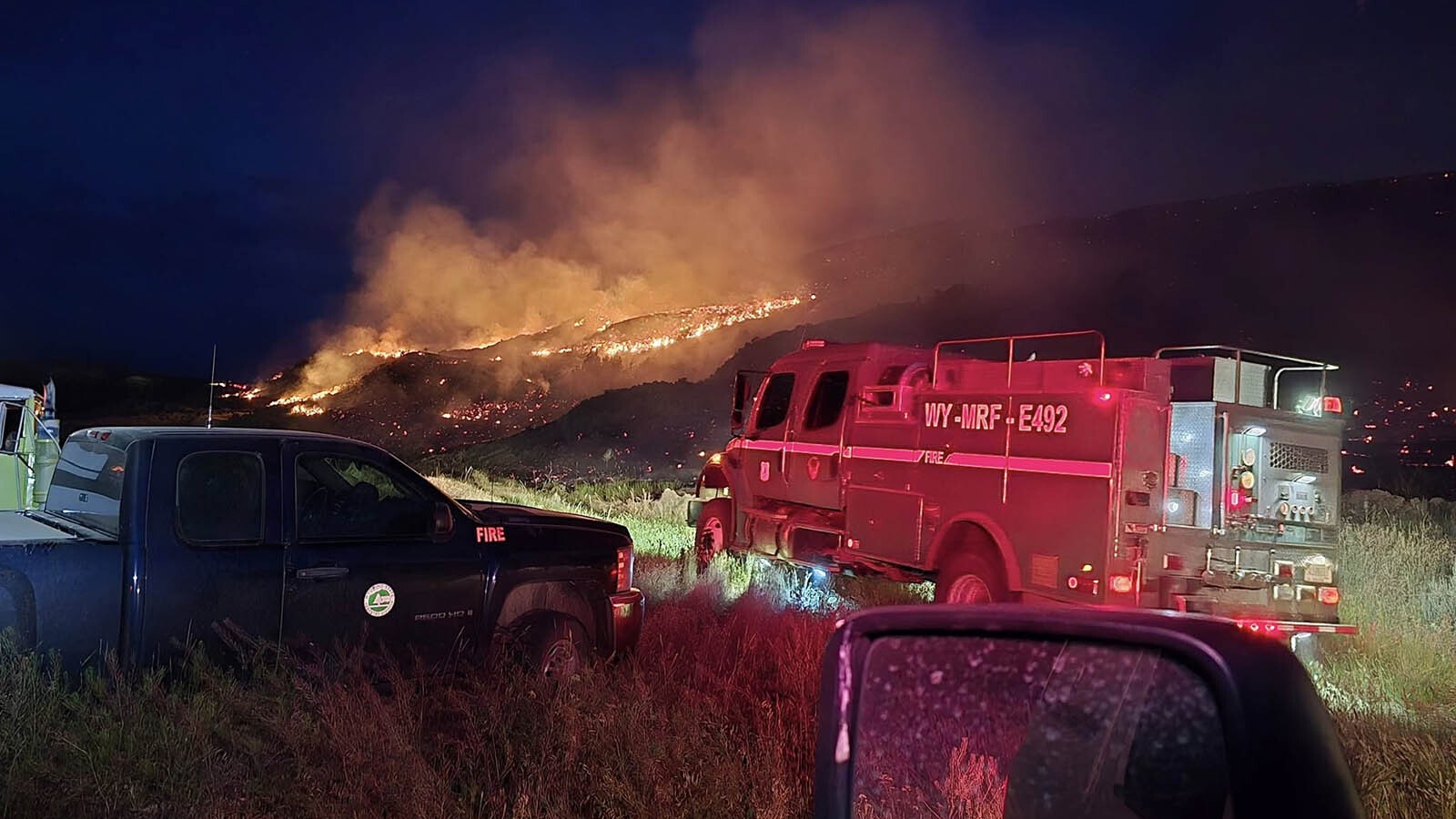The drought hitting Wyoming through the summer has not only wreaked havoc on the ag industry and fishermen, it’s also led to an outbreak of a wildlife disease caused by tiny, blood-sucking parasites that are attacking ungulates in at least three Wyoming counties.
Currently, the Wyoming Game and Fish Department has detected epizootic hemorrhagic disease (EHD) in several white-tailed deer and pronghorn antelope in the Arvada area as well as in areas surrounding Douglas, Cheyenne and Laramie, according to WGFD Public Information Officer Sara DiRienzo.
EHD is spread through the disease-carrying midge, which, much like a mosquito, feeds on “blood meals” and infects animals it feeds on.
EHD, which is not transmissible from animal-to-animal contact and has no impact on humans, can be fatal to white-tailed deer and pronghorn, DiRienzo said, but will not necessarily kill an impacted animal.
Instead, it can lead to symptoms like fever and lethargy.
The disease typically cycles every seven to 10 years, she said, and is driven by hot weather and drought and conditions, usually in the fall, that lead to wildlife congregating around small water holes where the midges thrive.
While there have been outbreaks of EHD in the past, WGFD expects to see a greater impact this year than in years past.
“This year seems worse, but we are just at the beginning of the outbreak,” said Hank Edwards, WGFD wildlife health laboratory supervisor.
Wildlife managers predict that white-tailed deer will be impacted the hardest with isolated outbreaks among pronghorns, DiRienzo added, noting that WGFD is carefully monitoring the spread of the disease on an online map.
Humans and pets are not at risk of contracting the disease, DiRienzo said, though a significant outbreak may curtail hunting season as WGFD continues to monitor spread.
“Hunters shouldn’t have concerns about consuming animals,” she said, “and we are not asking hunters or the public to contribute samples or reports. Our goal is to let the public know we are aware of the disease and are monitoring its presence.”
The outbreak is expected to continue until the first hard frost that will wipe out large midge populations while some animals will develop natural immunity.





